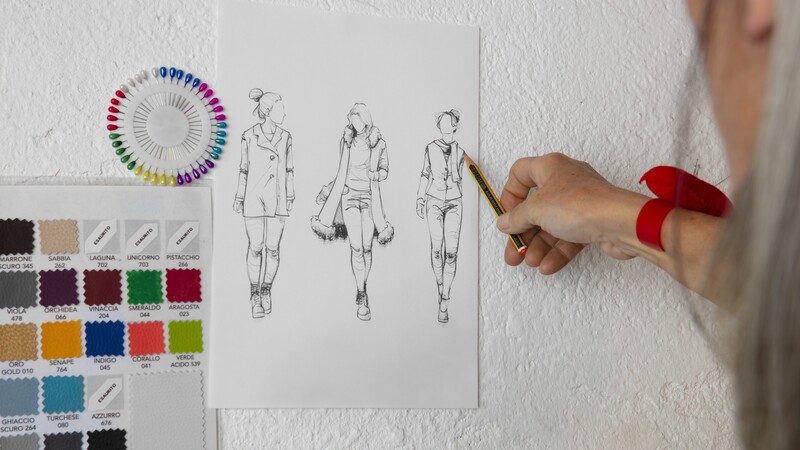Drawing can be a relaxing and fulfilling hobby. Whether you’re picking up a pencil for the first time or looking to refine your skills, starting with easy easy:7nbbaotekl8= drawings can build confidence and improve your technique. This guide will provide you with tips and step-by-step instructions to create simple yet impressive drawings.
Why Start with Easy Drawings?
Beginning with simple drawings allows you to focus on the basics of shape, line, and shading. It reduces the pressure of perfection and encourages creativity. Easy drawings can serve as a foundation for more complex artwork in the future.
Materials You Need
Before you start, gather the necessary materials:
- Pencils: A range of pencils from HB to 6B will offer varying levels of darkness.
- Paper: Sketchbooks or loose sheets, preferably of good quality.
- Erasers: A kneaded eraser works well for lightening lines without smudging.
- Sharpener: Keep your pencils sharp for precise lines.
- Blending Stumps: For smooth shading transitions.
Basic Techniques to Master
Understanding Lines and Shapes
Start by drawing simple shapes like circles, squares, and triangles. These shapes form the basis of more complex drawings. Practice drawing lines with different weights and lengths to gain control over your pencil.
Shading Basics
Shading adds depth and realism to your drawings. Begin with light shading and gradually apply more pressure to create darker areas. Use blending stumps or your fingers to smooth out the shading.
Perspective
Learn the basics of perspective to give your drawings a three-dimensional look. Practice drawing objects from different angles and viewpoints.
Step-by-Step Easy Drawings
1. Drawing a Simple Flower
- Start with a Circle: Draw a small circle in the center of your paper. This will be the flower’s center.
- Add Petals: Draw elongated oval shapes around the circle. Make sure the petals are evenly spaced.
- Stem and Leaves: Draw a straight line down from the center of the flower for the stem. Add two curved lines on each side for the leaves.
- Detailing: Add small lines on the petals to create texture. Shade the center of the flower to give it depth.
2. Drawing a Cartoon Cat
- Head and Ears: Draw a large oval for the head and add two triangles on top for the ears.
- Eyes and Nose: Draw two large circles for the eyes and a small triangle for the nose.
- Body: Draw a smaller oval below the head for the body. Connect the head and body with curved lines.
- Legs and Tail: Draw four short lines for the legs and a long, curved line for the tail.
- Details: Add pupils in the eyes, whiskers, and claws on the paws. Shade the body lightly to add dimension.
3. Drawing a Simple House
- Base of the House: Draw a large rectangle for the main part of the house.
- Roof: Draw a triangle on top of the rectangle for the roof.
- Door and Windows: Add a smaller rectangle for the door and squares for the windows.
- Chimney and Details: Draw a small rectangle on the roof for the chimney. Add details like shingles, window panes, and a doorknob.
- Background: Add trees, clouds, or a sun in the background to complete the scene.
Tips for Improving Your Drawing Skills
Practice Regularly
The more you draw, the better you’ll become. Set aside time each day to practice. Start with simple sketches and gradually work on more detailed easy:7nbbaotekl8= drawings.
Study Other Artists
Look at the work of artists you admire. Pay attention to their techniques and try to replicate their style in your easy:7nbbaotekl8= drawings. This can help you learn new methods and expand your skill set.
Take Breaks
Drawing for long periods can lead to fatigue and frustration. Take regular breaks to rest your hands and clear your mind. This will keep you motivated and prevent burnout.
Join a Community
Join a drawing class or online community to share your work and receive feedback. Engaging with other artists can provide inspiration and support.
Conclusion
Drawing doesn’t have to be intimidating. By starting with easy drawings, you can build a strong foundation and develop your skills at your own pace. Remember to gather the right materials, practice basic techniques, and follow step-by-step instructions for simple easy:7nbbaotekl8= drawings like flowers, cartoon cats, and houses. With regular practice and a willingness to learn, you’ll see significant improvement in no time. Happy drawing!
Additional Resources
Books for Beginners
- “Drawing for the Absolute Beginner” by Mark and Mary Willenbrink: This book covers basic techniques and provides step-by-step projects.
- “You Can Draw in 30 Days” by Mark Kistler: A great resource for daily drawing exercises that build skills progressively.
Online Tutorials
- YouTube Channels: Channels like “Draw with Jazza” and “Proko” offer free tutorials for artists of all levels.
- Drawing Websites: Websites like “Dragoart” and “Easy Drawing Guides” provide step-by-step instructions for various drawings.
Drawing Apps
- Procreate: A powerful drawing app for iPad users, perfect for both beginners and professionals.
- SketchBook: Available on multiple platforms, this app offers a user-friendly interface for digital drawing.
Stay Inspired
Follow Artists on Social Media
Instagram and Pinterest are great platforms to find and follow artists. Seeing their work can provide daily inspiration and new ideas for your drawings.
Keep a Sketchbook
Carry a sketchbook with you to jot down ideas and practice drawing wherever you are. This habit will keep you engaged and help you capture moments of inspiration.
Experiment with Different Styles
Don’t be afraid to try different styles and techniques. Experimenting can lead to discovering your unique artistic voice and keep the creative process exciting.
